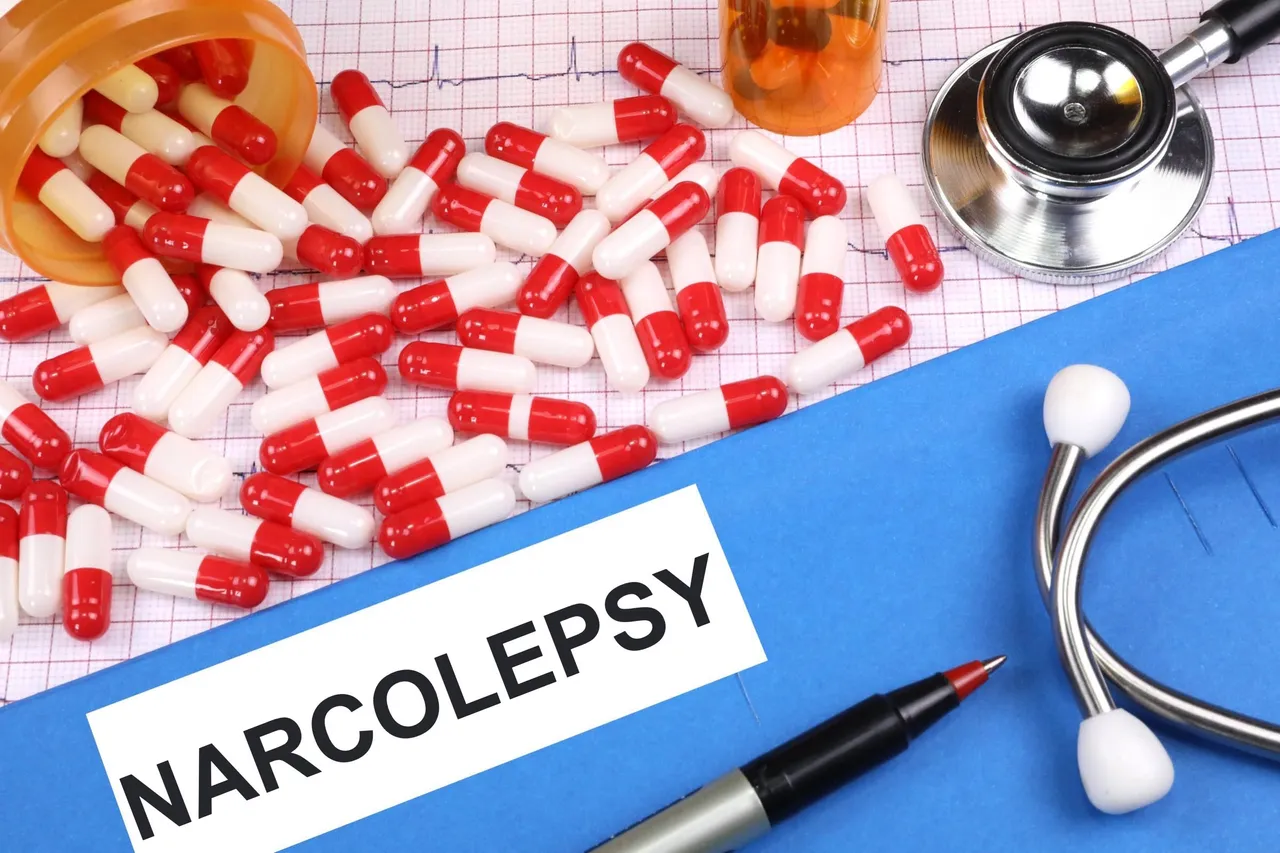In school, there were certain classes that I would spend hours in and those classes were boring. I would fall asleep during this classes but at the same time, I would try really hard to see that I do not fall asleep. There were times when I would have to pinch myself hard, and just find something doing. In most cases, I am always able to control my sleep-wake cycle at that point. This also happens to people at place of worships especially during times of sermons and teachings. A friend told me that there were times when he would fall asleep in church but immediately he gained consciousness, he would ensure that he doesn't fall asleep again, a process that helps him regulate his sleep - wake cycle. In this post I will be looking into a sleeping disorder known as Narcolepsy.
Narcolepsy Explained
Narcolepsy is a neurological sleeping disorder of rapid eye movement (REM) sleep, where there is excessive daytime sleepiness, sleep paralysis, hallucinations, and REM-sleeps that intrudes the waking of a person.
Narcolepsy has two sub types, which are Narcolepsy with the presence of cataplexy (Type 1) and Narcolepsy without the presence of cataplexy. It affects both males and females, with a prevalence of about 0.02 to 0.18% of the world's population, and an incidence of 0.74% per 100,000 persons-life. Males are more likely to have narcolepsy, with a ration of male to female being 1.6:1, and women with narcolepsy are known to show symptoms earlier than men. It is found in people in their mid adolescent ages and people in their mid 30s. Narcolepsy is found among people who have family history of Narcolepsy. People with gene HLA-DQB1*0602 are found to have narcolepsy, so people with this gene have a high chance of having narcolepsy. Other factors that pose as risk factors to narcolepsy are head injuries, stroke, upper respiratory tract infection, and sarcoidosis.
The lateral hypothalamus of the brain which secretes Orexin/ hypocretin is responsible for the determination of wakefulness and arousal in humans, but when a person has Narcolepsy, there is a dysfunction in the hypothalamus that secretes the neurotransmitter. When a person has Narcolepsy, there may be abnormal release hypocretin/orexin transmitter. It could also occur as a result of autoimmune activation, triggered by infections which affects the hypocretin neuron. In type 1 narcolepsy, there are no orexin neuron, as these neurons are completely destroyed. With type 2, not all orexin neuron are destroyed.
Clinical Features of Narcolepsy
Patients with narcolepsy experience excessive daytime sleepiness (EDS), making the patient to fall asleep during the day. This sleep can be moderate or severe in intensity which could lead to sleep attacks. People who suffer from narcolepsy could fall asleep during activities that you do not expect them to fall asleep. They fall into Rapid Eye Movement Sleep (REM) quickly. Patients without Narcolepsy fall into sleep from stage 1 (Non-REM sleep) to Stage 2 (Non-REM sleep), Stage 3 (Slow wave sleep), then back to Stage 2, and to Rapid Eye Movement Sleep stage, but with patience with Narcolepsy, they go straight to Rapid Eye Movement (REM) stage. Patients with Narcolepsy would have loss of muscle tone which can be bilateral (cataplexy). Cataplexy is usually a pathognomonic sign of Narcolepsy. Patients with Narcolepsy have sleep paralysis which involves awakening after sleeping but with lack of muscle control. People with Narcolepsy have hypnagogic hallucinations where they have dreams of things that look vivid with things happening around them.
People with Narcolepsy can have insomnia, and when they fall into short sleep, the sleeps are often refreshing as the sleeps goes to the REM stage. Patients with Narcolepsy will have noctural maladaptive behaviors which prevents them from adjusting, to new activities. People with Narcolepsy would have reduced life activities, which would reduce production on a daily, and it would affect social interaction.
Narcolepsy Diagnosis
In other to diagnose patients with Narcolepsy, sleep studies such as Overnight Polysomnogram (PSG), nocturnal polysomnography (NPSG), Multiple Sleep Latency Test (MSLT), are used. It is also important to use the Diagnostic and Statistical Manual of Mental Disorders Fith edition (DSM-5) criteria, which are irrepressible need to sleep which are Rapid Eye Movement Sleeps (REM) occurring at a minimum of three times in a week, with either cataplexy episodes or hypocretin deficiency.
Treatment for Narcolepsy
Narcolepsy can be treated in simple non-pharmacologic forms such as helping patients to improve sleep hygiene, and avoidance of dangerous activities while feeling sleepy. But it is important to treat it with medications which would include methylphenidate, Armodafinil, Modafinil, Dextroamphetamine sulfate, solriamfetol, and so on.
Conclusion
Patients with Narcolepsy have excessive daytime sleepiness, cataplexy, sleep paralysis, and hallucination, and proper sleep hygiene and treatment can help solve this sleeping disorder.
https://pubmed.ncbi.nlm.nih.gov/17310860/
https://www.ninds.nih.gov/narcolepsy-fact-sheet
https://www.ccjm.org/content/85/12/959
https://www.ncbi.nlm.nih.gov/pmc/articles/PMC7371435/
https://www.mayoclinic.org/diseases-conditions/narcolepsy/symptoms-causes/syc-20375497
https://www.nhs.uk/conditions/narcolepsy/
